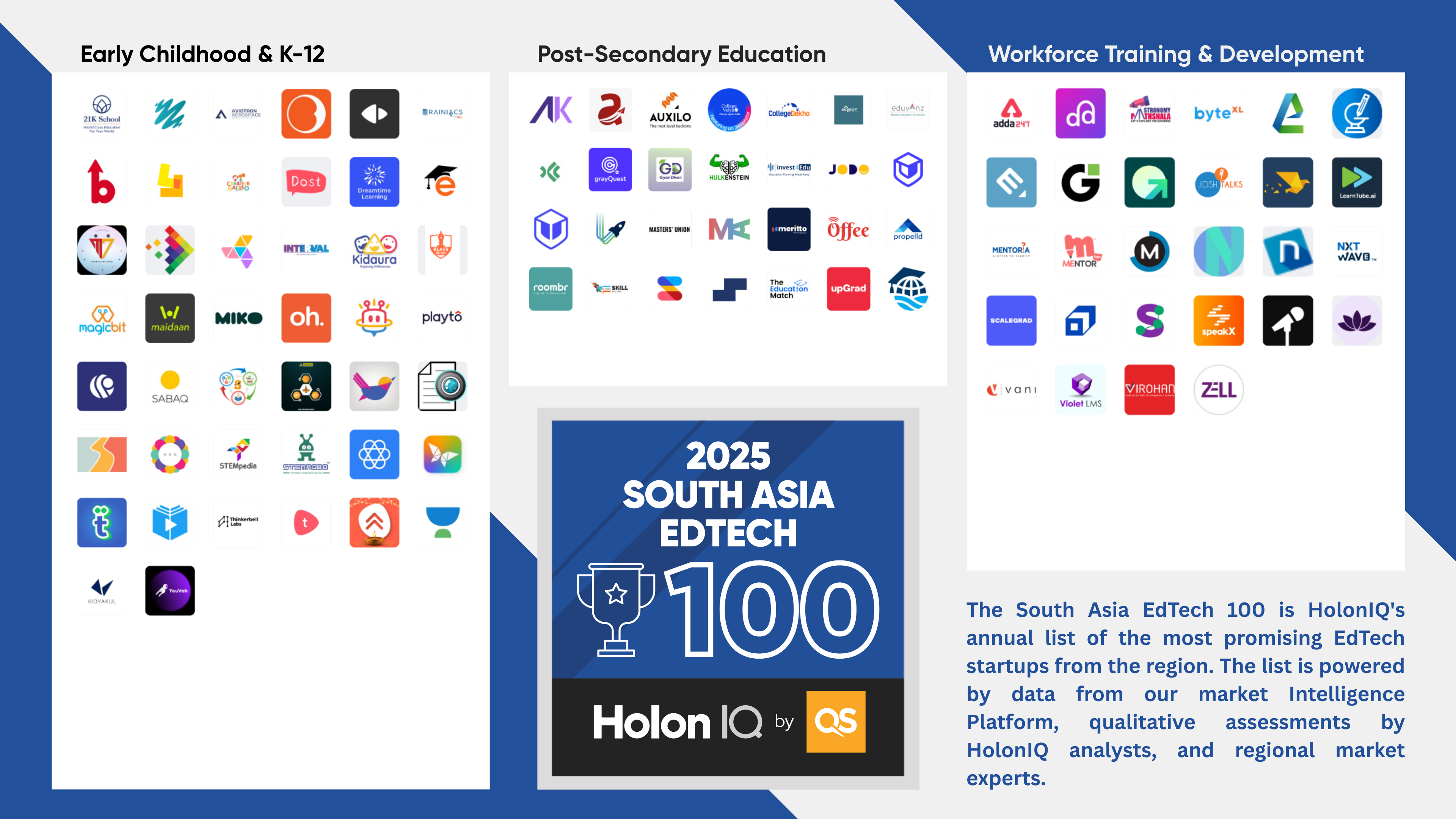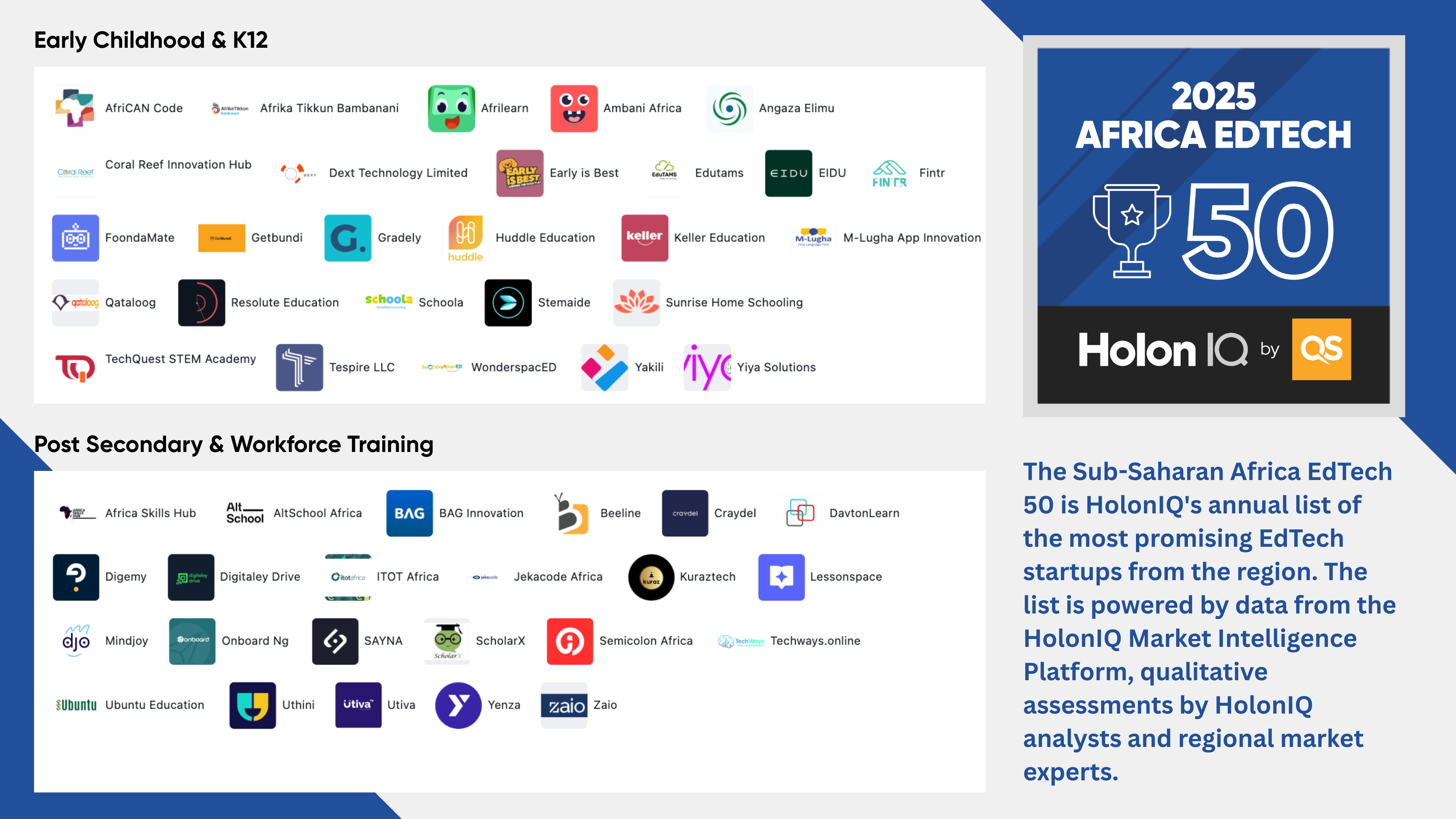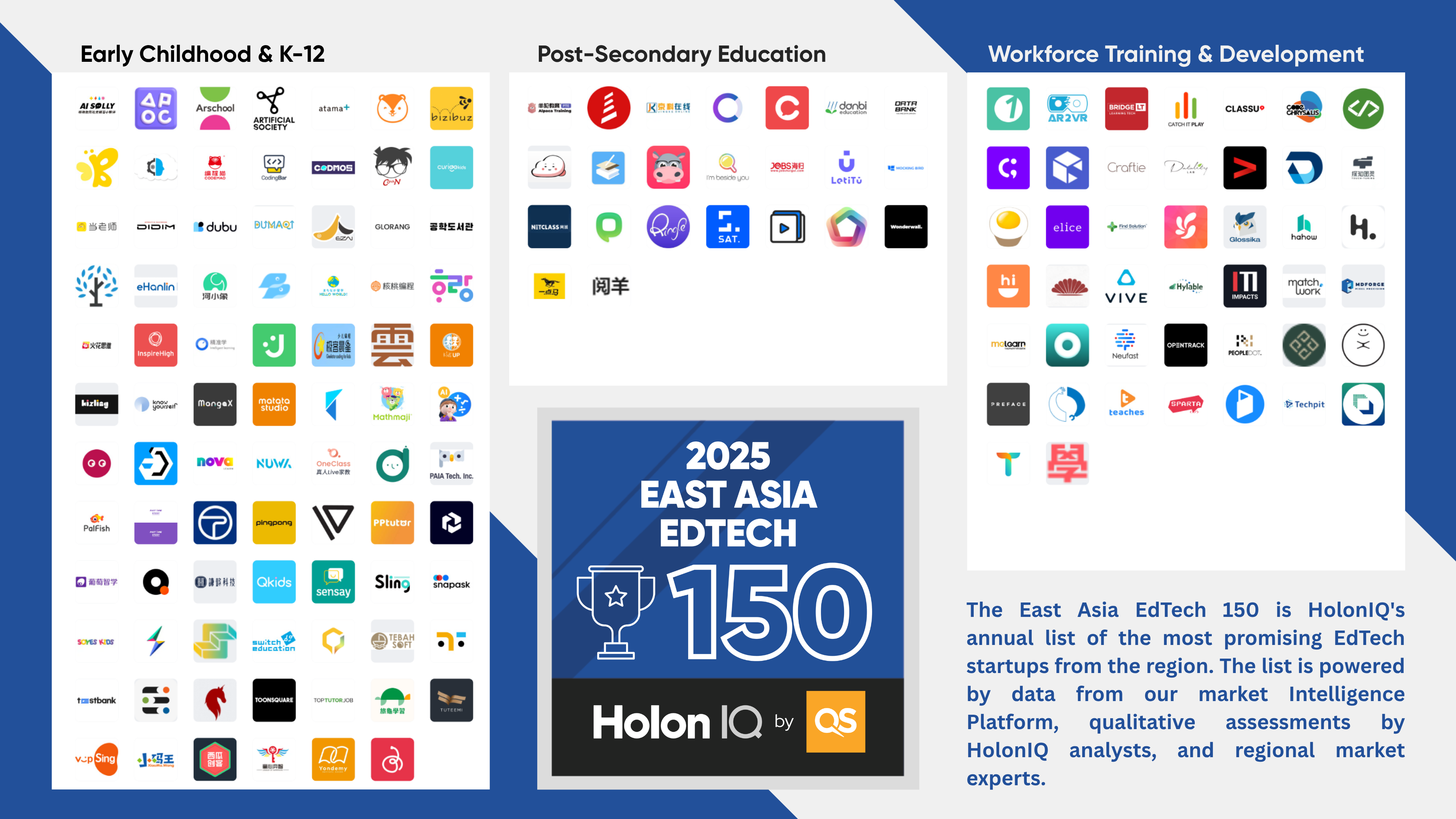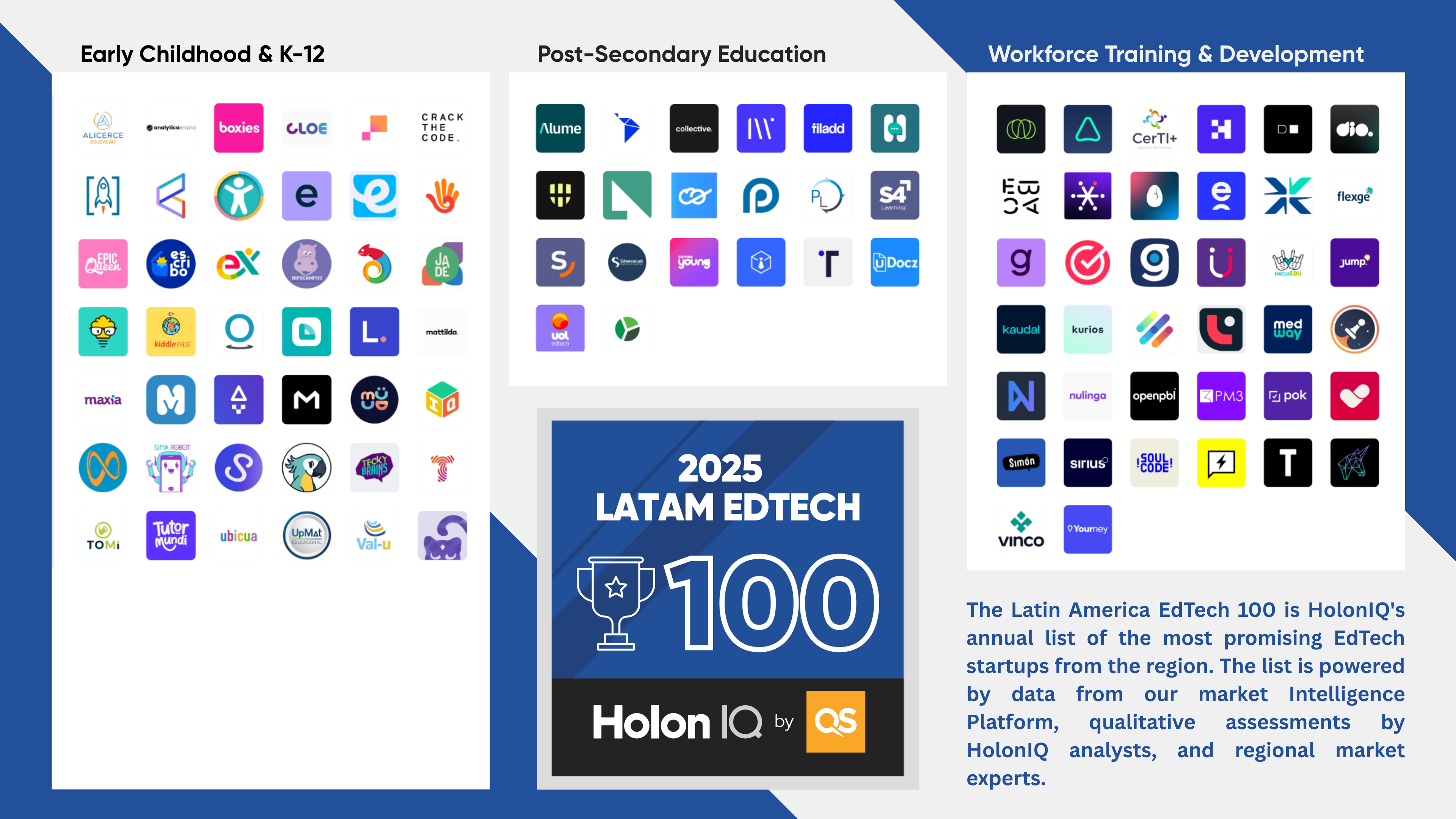What might Education look like in 2030?
To answer this question, the 2030 Project sets out to synthesize different perspectives of many stakeholders and build out scenarios of the possible futures for education and learning. To do so, we used the power of the global crowd, augmented by advanced technology, to find out what the world is thinking about the future of education, and overlaid data and analysis from expert sources. Based on this analysis, five possible scenarios were developed as a basis for discussion and further validation. It is important to note that these scenarios are not predictions. Indeed, it is most likely that a combination of scenarios will play out simultaneously in different geographies, age cohorts and socio-economic groups.
Bottom Up Approach
Through partnership with Quid, we have been able to leverage technology and take a fresh approach to mapping the future of learning and talent. Quid has access to millions of news articles, blog posts, company profiles and patents, and runs on natural language processing algorithms that can read and analyze massive amounts of data at one time. Working ‘bottom-up’, Quid processed our search for news articles, opinion pieces and expert blog posts focused on the future of education.
Over 15 clusters developed around specific themes describing potential future models, technologies and approaches to education. These clusters formed four to six mega groups, all connected through the various clusters but together telling a different story about the future of education.

Top Down Approach
The second stage was to consult data, research and insight from expert sources such as the World Bank, OECD, UNESCO and other globally focused research institutions to draw out key drivers, the combination of which are likely to influence the nature of education and learning in the future. Based on this analysis, four key drivers were identified:
1. Globalization and Economic Growth
2. Global Population Growth
3. Future of Work and Skills
4. Advancements in Technology

Measuring Scenarios
Each scenario represents the different ways in which key drivers might develop and interact, and so they are not meant to be compared to each other. However, there are common aspects, implied in all scenarios, which help to explain underlying thinking that supported their construction.
Balance of Power. Who or what ‘calls the shots’ at each level of education and learning are key factors in the way the industry operates and how learning occurs.
Economics of Education. The cost of education, the way it is funded and who pays each have a profound impact on the overall market structure of education and in particular who has access to, and benefits from education.
Learning Model. There are many ways in which learning can occur, from tacit everyday learning through to highly structured formal education, on-campus to online or self managed to expert led models.
Role of Technology. Technology now plays a critical role in the education industry as well as in many learning processes.

Scenarios Summarised











.png)







